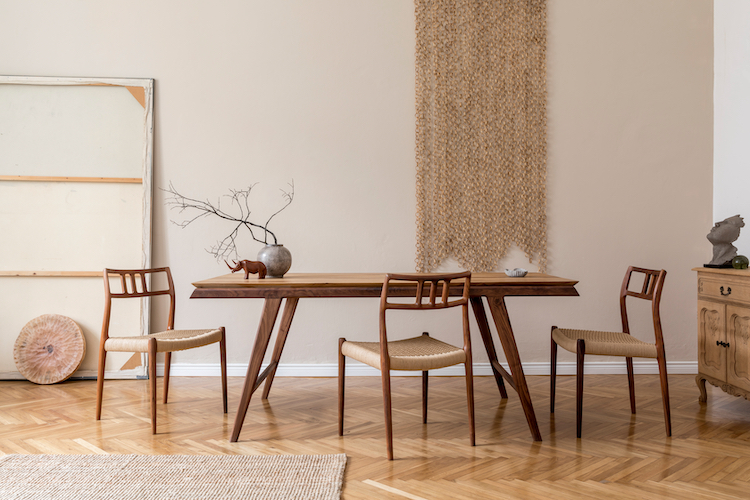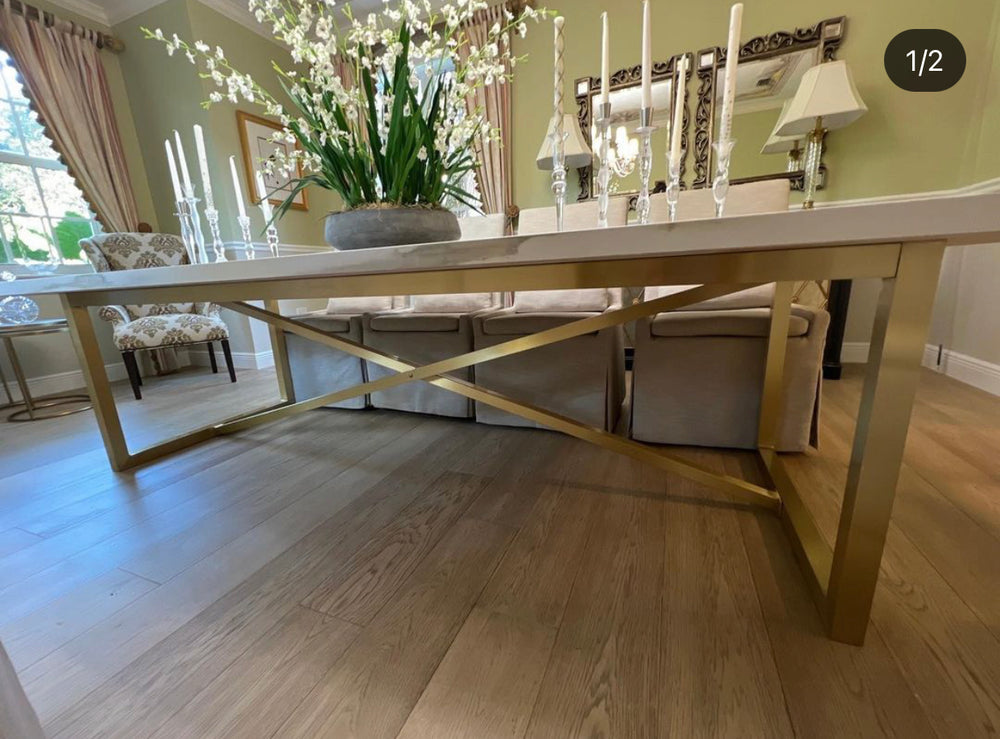Tips for Installing Dining Room Table Legs for a Modern Look
Tips for Installing Dining Room Table Legs for a Modern Look
Blog Article
From Typical to Modern: Locate the Perfect Eating Area Table Legs for Your Style
The selection of dining room table legs plays an essential function in specifying the total character of your space, bridging the void between conventional craftsmanship and contemporary aesthetics. While classic styles such as cabriole and turned legs evoke a sense of ageless refinement, contemporary styles like barrette and geometric options present a chance for striking visual interest. Assessing the best equilibrium in between these designs requires a nuanced understanding of your existing decoration and personal preference. As you think about these components, the inquiry stays: how can you perfectly incorporate these varied leg designs to develop a harmonious dining experience?
Recognizing Table Leg Styles
The selection of dining-room table leg styles can significantly influence both the visual appeals and functionality of the room. Each leg style adds unique useful features and visual components, dealing with varied style choices and usage demands. Understanding these designs is critical for choosing the ideal eating table that aligns with your general interior design vision.
As an example, conical legs use a clean, timeless look that can boost a room's sophistication, while stand bases provide security and make the most of legroom, making them suitable for smaller spaces. Hairpin legs, a trademark of mid-century modern-day design, introduce an industrial flair, permitting a ventilated, open feeling. Trestle legs stimulate rustic beauty, supplying robust assistance and a feeling of eternity.
Moreover, the option of materials plays a substantial function. Wooden legs can bring heat and structure, whereas steel options usually communicate a streamlined, modern ambiance. Ultimately, understanding table leg designs is necessary for creating a natural eating location that shows individual design while ensuring practicality and convenience. By thoughtfully taking into consideration these aspects, you can improve both the aesthetic and practical appeal of your eating room.
Typical Table Leg Options
When picking dining-room table legs, standard choices often embody ageless style and craftsmanship. These styles reflect a rich heritage and a dedication to quality, making them perfect for those that appreciate traditional aesthetic appeals.
One of the most famous typical leg styles is the cabriole leg, defined by its graceful curved shape. This design usually includes decorative carvings and is most typically discovered in Queen Anne and Chippendale furnishings. An additional popular choice is the turned leg, which flaunts a collection of smooth, rounded shapes that supply a timeless look while maintaining security.
Additionally, the straight leg, while easy, supplies a basic and durable framework that can blend effortlessly with a range of tabletop designs. For those drawn to ornate describing, claw-and-ball feet legs evoke a feeling of majesty and can act as a magnificent focal point in any kind of eating space.
Last but not least, pedestal bases, although not strictly legs, offer an alternative typical alternative that permits sufficient legroom and can be perfectly carved. Each of these traditional leg designs adds to the overall atmosphere of an eating area, marrying function with visual allure.

Modern Table Leg Layouts
Modern table leg styles supply a varied series of designs that emphasize clean lines and cutting-edge products. These designs commonly focus on capability while serving as striking centerpieces within a dining space. Minimalist aesthetics prevail, with legs crafted from materials such as metal, glass, and engineered wood, which add to a contemporary and ventilated feel.
One preferred style is the hairpin leg, defined by its slender, conical framework that provides stability without overwhelming the tabletop (dining room table legs). This style is typically located in mid-century modern-day furniture and can effortlessly enhance different table forms. An additional pattern is the usage of geometric shapes, where legs might take on angular or asymmetrical kinds, including visual interest and a touch of virtuosity

Mixing Designs for Distinct Spaces
Frequently, house owners look for to develop distinct eating rooms that reflect their personal design by blending various layout elements. This technique enables for the incorporation of varied aesthetic appeals, leading to an unified yet distinct atmosphere. Pairing a rustic wooden table with streamlined, contemporary steel legs can create an eye-catching contrast that elevates the area's general appeal.
Furthermore, integrating vintage table legs with contemporary tabletops can evoke a sense of history while preserving a modern-day perceptiveness. Such mixes not only display specific taste but also motivate creative thinking, allowing house owners to curate an area that really feels both individual and inviting.
Shade plays an important role in this mixing procedure; choosing table legs that complement or comparison his comment is here with the existing color pattern can improve aesthetic interest. For instance, whitewashed legs can soften the boldness of a dark table surface area, producing a balanced visual.
Tips for Choosing the Right Legs
Picking the right table legs is crucial for attaining both performance and visual appeal in your dining space. Begin by thinking about the total style of your area. Standard setups benefit from legs that feature detailed carvings or transformed layouts, while contemporary rooms might call for streamlined, minimalist styles.
Next, analyze the height and stability of the legs. dining room table legs. Basic table range between 28 to 30 inches in elevation, so ensure the legs enhance this dimension for comfort. Additionally, durable materials, such as wood or steel, can boost stability and long life
Examine the leg form as well-- choices include right, tapered, or pedestal designs. Straight legs offer a classic look, while tapered legs view it can include a touch of elegance. Pedestal bases provide ample legroom and are ideal for smaller sized areas.
Conclusion
In summary, picking the excellent dining room table legs needs cautious factor to consider of both modern and traditional styles. Traditional options such as cabriole and turned legs use timeless style, while modern-day designs like barrette and geometric forms offer a contemporary touch. By integrating leg style, height, and material with the general décor, a natural and welcoming ambience can be achieved. Ultimately, the picked table legs must mirror the desired aesthetic, enhancing the eating experience within the area.
The variety of dining space table leg styles can significantly affect both the aesthetic appeals and capability of the area. Ultimately, understanding table leg styles is essential for producing a natural eating location that shows personal style while guaranteeing practicality and comfort.One of the most iconic standard leg designs is the cabriole leg, defined by its graceful bent form. Straight legs supply a classic appearance, while conical legs can include a touch of beauty.In summary, choosing the ideal eating area table legs calls for mindful factor to consider of both contemporary and conventional styles.
Report this page